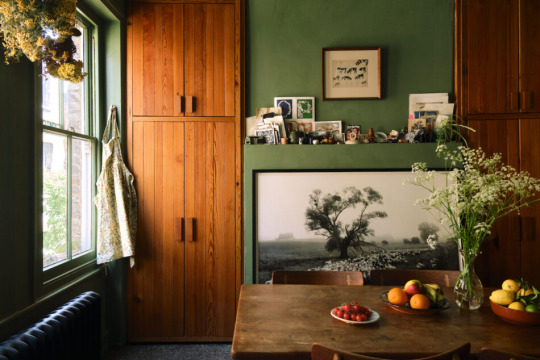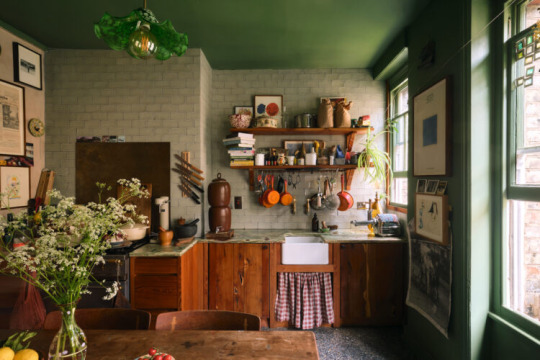Photo

Eric Ravilious (British,1903- 1942)
Westbury Horse, 1939
Watercolour and pencil on paper
#art#eric ravilious#westbury horse#1939#watercolour#watercolor#pencil on paper#green#brown#train#steam#smoke#smoke stack#1903 -1942
2K notes
·
View notes
Text
I need the TV tea pot!!!



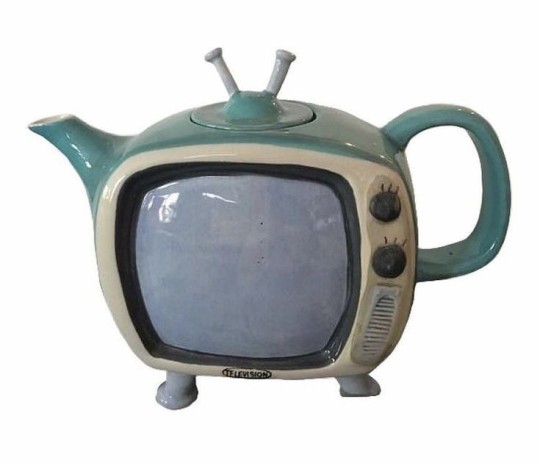


#books tea pot#strawberry jam tea pot#toaster tea pot#tv tea pot#stove tea pot#piano tea pot#tea#pots#tea pot
37K notes
·
View notes
Text

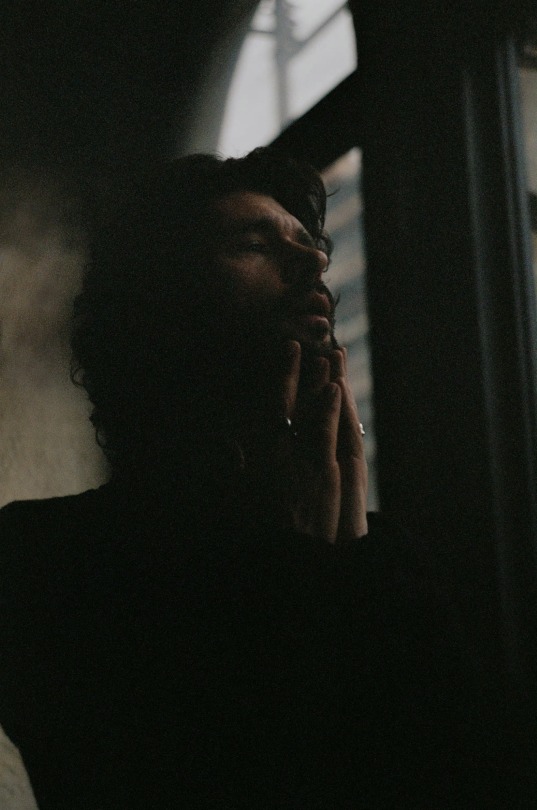
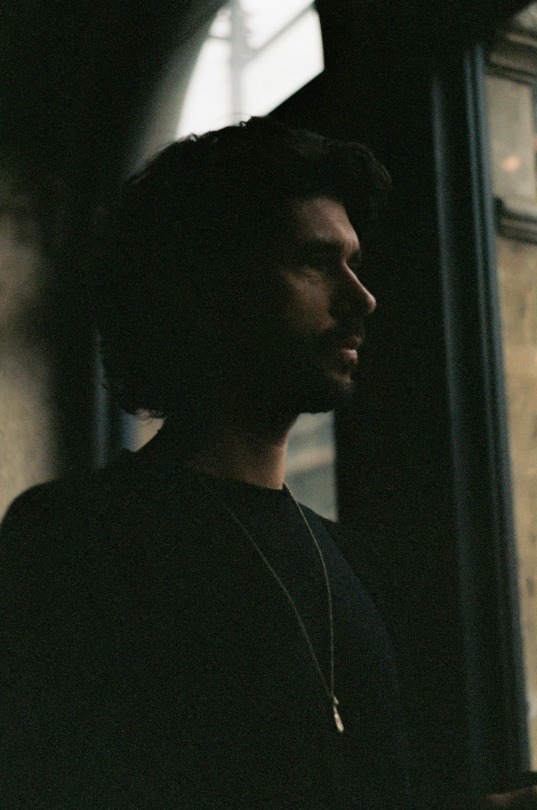
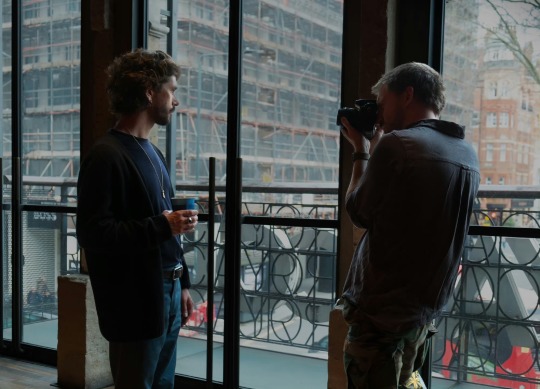
Ben Whishaw bts of Bluets, dir. by Katie Mitchell
118 notes
·
View notes
Text
time capsule! This brings back memories of my teenage bedroom!





Lost Gen X bedroom in the attic of an abandoned house.
10K notes
·
View notes
Text
Woah

5K notes
·
View notes
Text

...mist is nature's way of revealing her enchanting secrets...
36 notes
·
View notes
Text

I think this picture is adorable!
0 notes
Text

Begin Again
$1,300.00
by Athena Petra Tasiopuolos
Encaustic, Collage, & Mixed Media on Panel
20” x 16”
0 notes
Text
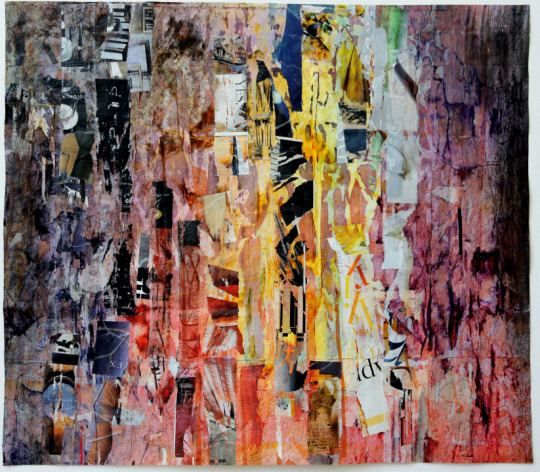
$8000.00
This magnificent wall hanging—featured in articles and exhibitions throughout China and the US—is a paper silk construction featuring distinctive graphics due to artist Joan Schulze's technique: collaged images are glued to one side of the silk, then removed, leaving a trace of the original image. Distortions, pleats, folds, and tears in the paper are encouraged during this removal, resulting in a fascinating aesthetic. Schulze also utilized applique and paint on the face of the quilt. Features a sewn placket on the back for rod hanging.
#Joan Schultze#paper silk construction#collaged images#glued#silk#distortions#pleats#folds#tears#paper#applique#paint#quilt#sewn#color#orange#red#yellow#balck#dirty#grunge#art
0 notes
Text

New poster for ‘DUNE 2’ 💫💫💫
#dune part two#dune part 2#dune#josh brolin#timothée chalamet#timothee chalamet#zendaya#zendaya coleman#austin butler#florence pugh#rebecca ferguson#dave bautista#javier bardem#January 24#03.01.2024#MARCH 2024#MARCH#2024#MOVIE#SEQUAL
112 notes
·
View notes
Text

DUNE PART TWO
6 notes
·
View notes
Photo
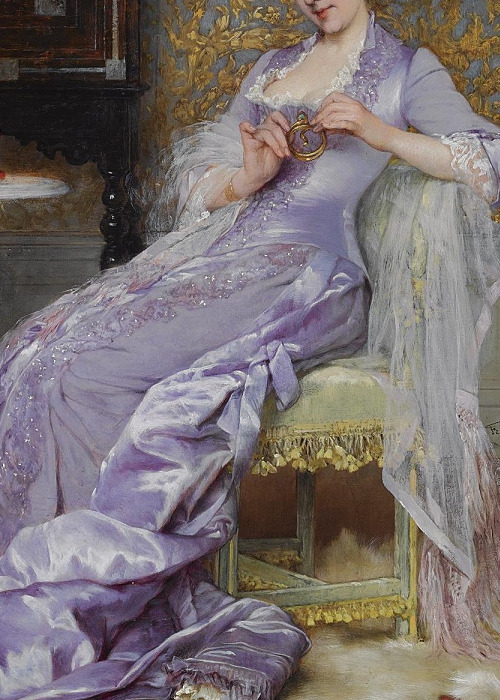
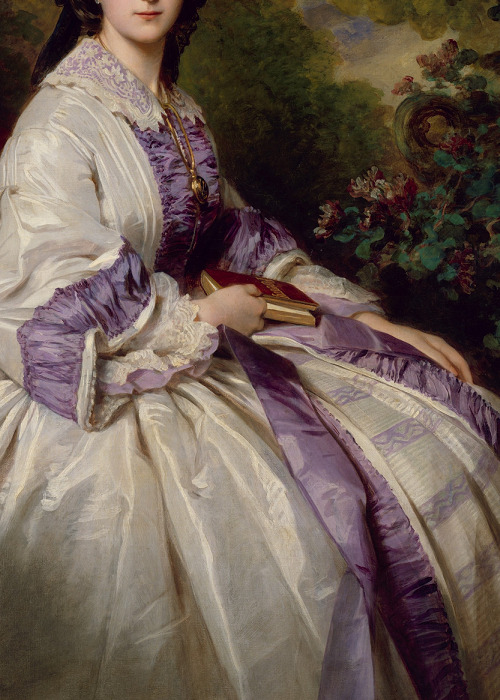

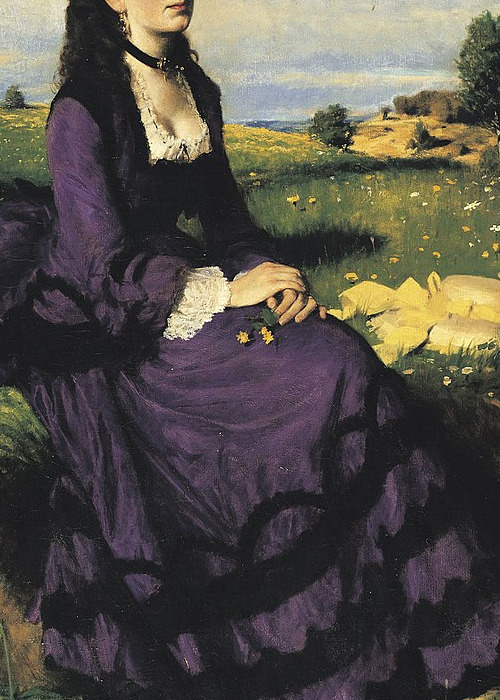
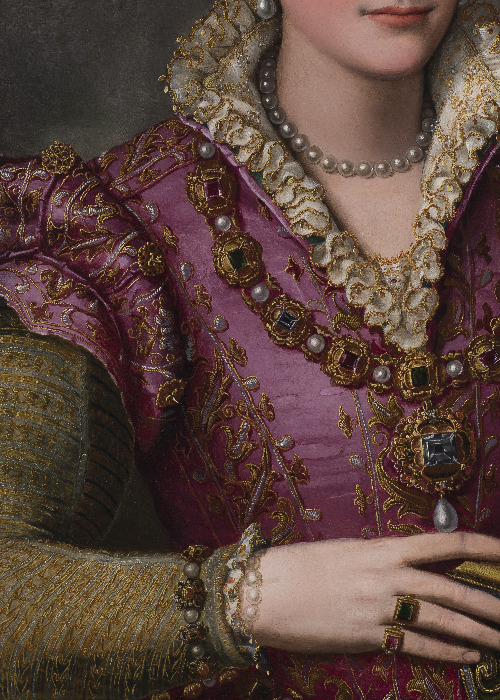
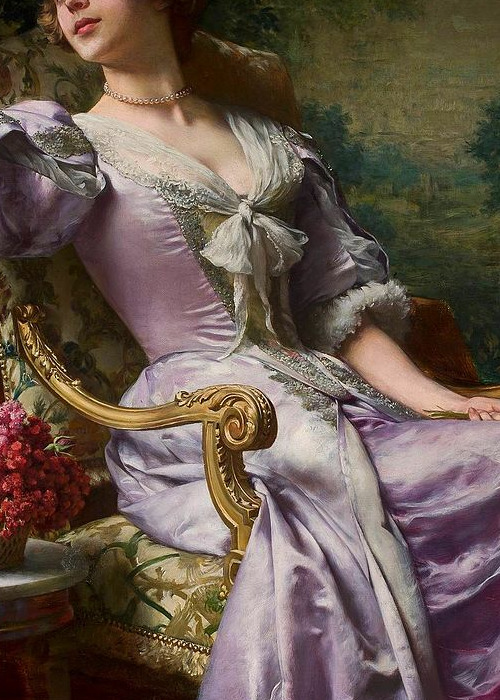
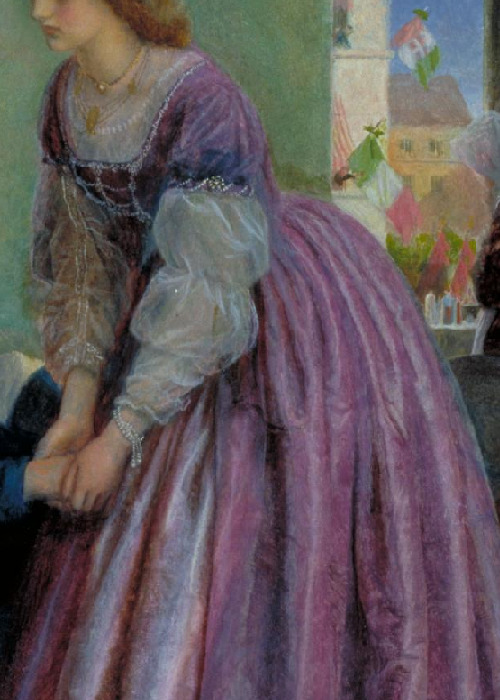
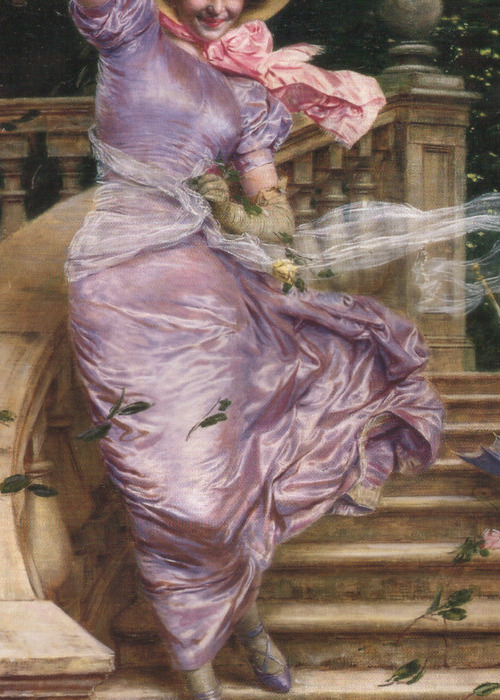
Details in Purple
The New Bracelet, 19th century, by Frans Verhas.
Countess Alexander Nikolaevitch Lamsdorff, 1859, by Franz Xaver Winterhalter.
Summer Idleness: Day Dreams, 1909, by John William Godward.
Lady in Violet, 1874, by Pál Szinyei Merse.
Portrait of a Lady, c. 1570, by Alessandro Allori.
A Lady in a Lilac Dress, 19th century, by Władysław Czachórski.
That Was a Piedmontese, 1862, by Arthur Hughes.
A Gust of Wind, by Gaetano Bellei.
13K notes
·
View notes
Text

5 notes
·
View notes
Text
Rilke on the Relationship Between Solitude, Love, Sex, and Creativity – The Marginalian
BY MARIA POPOVA
“You are born alone. You die alone. The value of the space in between is trust and love,” artist Louise Bourgeois wrote in her diary in her seventy-seventh year as she looked back on a long and lush life to consider the central role of solitude in creativity.
A generation before her, recognizing that “works of art arise from an infinite aloneness,” Rainer Maria Rilke (December 4, 1875–December 29, 1926) explored the relationship between solitude, love, and creativity in his stunning correspondence with the nineteen-year-old Franz Xaver Kappus — an aspiring poet and cadet at the same military academy that had nearly broken Rilke’s own adolescent soul.
Posthumously published in German, these letters of uncommonly penetrating insight into the essence of art and love — that is, the essence of life — now come alive afresh as Letters to a Young Poet: A New Translation and Commentary (public library) by ecological philosopher, Buddhist scholar, and environmental activist Joanna Macy, and poet and clinical psychologist Anita Barrows: two women who have lived into the far reaches of life — Macy was ninety-one at the time of the translation and Barrows seventy-three — and who have spent a quarter century thinking deeply about what makes life worth living in translating together the works of a long-ago man who barely survived to fifty and who was still in his twenties when he composed these letters of tender and timeless lucidity.1902 portrait of Rilke by his brother-in-law, Helmuth Westhoff
Anticipating the illuminations of twentieth-century psychology about why a childhood capacity for “fertile solitude” is essential for creativity, self-esteem, and healthy relationships later in life, Rilke writes to his young correspondent in the short, dark, lonesome days just before the winter holidays:
What (you might ask yourself) would a solitude be that didn’t have some greatness to it? For there is only one solitude, and it is large and not easy to bear. It comes almost all the time when you’d gladly exchange it for any togetherness, however banal and cheap; exchange it for the appearance of however strong a conformity with the ordinary, with the least worthy. But perhaps that is precisely the time when solitude ripens; its ripening can be painful as the growth of a boy and sad like the beginning of spring… What is needed is only this: solitude, great inner solitude. Going within and meeting no one else for hours — that is what one must learn to attain. To be solitary as one was as a child. As the grown-ups were moving about, preoccupied with things that seemed big and important because the grown-ups appeared so busy and because you couldn’t understand what they were doing.
Illustration by Maurice Sendak from Open House for Butterflies by Ruth Krauss.
Echoing Kierkegaard’s ever-timely insistence that “of all ridiculous things the most ridiculous seems… to be busy” and Emerson’s observation that “our hurry & embarrassment look ridiculous” the moment we pause the headlong rush of sociality through which we try to escape from ourselves, Rilke adds:
If one day one grasps that their busyness is pathetic, their occupations frozen and disconnected from life, why then not continue to see like a child, see it as strange, see it out of the depth of one’s own world, the vastness of one’s own solitude, which is, in itself, work and status and vocation?
“Solitude” by Maria Popova. Available as a print.
And yet the crucial, exquisite creative tension that Rilke so singularly harmonizes is the essential interplay between solitude and love — each enriching the other, each magnifying the totality of the spirit from which all art springs. In another letter penned the following spring, he writes:
Don’t let your solitude obscure the presence of something within it that wants to emerge. Precisely this presence will help your solitude expand. People are drawn to the easy and to the easiest side of the easy. But it is clear that we must hold ourselves to the difficult, as is true for everything alive. Everything in nature grows and defends itself in its own way and against all opposition, straining from within and at any price to become distinctively itself. It is good to be solitary, because solitude is difficult, and that a thing is difficult must be even more of a reason for us to undertake it.
To love is good too, for love is difficult. For one person to care for another, that is perhaps the most difficult thing required of us, the utmost and final test, the work for which all other work is but a preparation. With our whole being, with all the strength we have gathered, we must learn to love. This learning is ever a committed and enduring process.
Art by Margaret C. Cook from a rare 1913 edition of Walt Whitman’s Leaves of Grass. Available as a print.
Two decades before Kahlil Gibran offered his abiding poetic wisdom on the difficult balance of intimacy and independence in true love, Rilke calls for shedding the ideological shackles of our culture’s conception of love as a melding of entities. “No human experience is so rife with conventions as this,” he observes with an eye to those who have not yet befriended their sovereign solitude and instead “act from mutual helplessness” to “simply surrender to love as an escape from loneliness.” He offers the liberating alternative that still requires as much countercultural courage in our day as it did in his:
To love is not about merging. It is a noble calling for the individual to ripen, to differentiate, to become a world in oneself in response to another. It is a great, immodest call that singles out a person and summons them beyond all boundaries. Only in this sense may we use the love that has been given us. This is humanity’s task, for which we are still barely ready.
[…]
This more human love (endlessly considerate and light and good and clear, consummated by holding close and letting go) will resemble that love that we so arduously prepare — the love that consists of two solitudes that protect, border, and greet each other.
Art by Margaret C. Cook for Leaves of Grass. (Available as a print.)
In another letter, Rilke adds the complexity of physical intimacy to this realm of transcendent difficulty, formulating his advice on how to best harness eros as a creative force:
Yes, sex is hard. But anything expected of us is hard. Almost everything that matters is hard, and everything matters… Come to your own relationship to sex, free of custom and convention. Then you need not fear to lose yourself and become unworthy of your better nature.
Sexual pleasure is a sensory experience, no different from pure seeing or pure touch, like the taste of a fruit. It is a great, endless experience given to us, a natural part of knowing our world, of the fullness and brilliance of every knowing. And nothing we receive is wrong. What’s wrong is to misuse and spoil this experience and to use it to excite the exhausted aspects of our lives, to dissipate rather than connect.
Long before scientists shed light on how the sexuality of early flora and fauna gave our planet its beauty, Rilke adds:
Seeing the beauty in animals and plants is a form of love and longing; and we can see the animal, as we see the plant, patient and willing to come together and increase — not out of physical lust, not out of suffering, but bowing to necessities that are greater than lust and suffering and more powerful than will and resistance.
Oh that humans might humbly receive and earnestly bear this mystery that fills the earth down to the smallest thing, and feel it as part of life’s travail, instead of taking it lightly. If they could only be respectful of this fertility, which is undivided, whether in spiritual or physical form. For this spiritual creativity stems from the physical, derives from that erotic essence, and is but an airier, more delightful, more eternal iteration of its lush sensuality.
Red poppy from A Curious Herbal by Elizabeth Blackwell, 1737. (Available as a print and as a face mask, benefitting The Nature Conservancy.)
So too with the role of the erotic in creative work:
The art of creating is nothing without the vast ongoing participation and collaboration of the real world, nothing without the thousandfold harmonizing of things and beings; and the creator’s pleasure is thereby inexpressibly rich because it contains memories of the begetting and bearing of millions. In a single creative thought dwell a thousand forgotten nights of love, which infuse it with immensity. And those who come together in the night, locked in thrusting desire, are gathering nectar, generating power and sweetness for some future poetic utterance that will sing the rapture.
For more of and about this ravishing new translation of Letters to a Young Poet — one which embodies the Nobel-winning Polish poet Wisława Szymborska’s notion of “that rare miracle when a translation stops being a translation and becomes… a second original,” and the finest such miracle performed on a classic since Ursula K. Le Guin’s feminist translation of the Tao Te Ching — savor this On Being conversation with Macy and Barrows about the wider resonances of Rilke’s work in our world, then revisit Rilke’s contemporary Hermann Hesse on solitude and the courage to find yourself, physicist Brian Greene’s Rilkean reflection on how to live with our human vulnerabilities, and Rilke himself on what it takes to be an artist.
#art#beautiful#Rilke on the Relationship Between Solitude#Love#Sex#and Creativity#creativitiy#maria popova
0 notes
Text
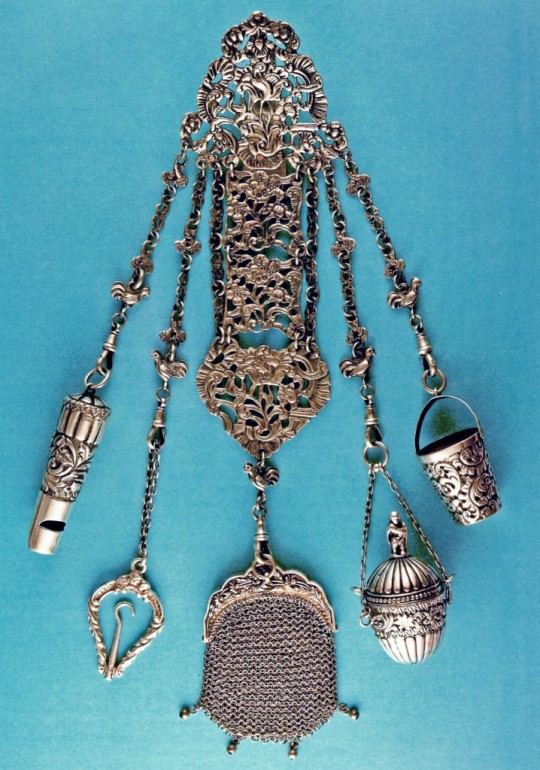



The chatelaine.
The concept of waist-hung items is almost universal across all cultures. For example, the Japanese wore netsuke and inro or the Chinese wore embroidered purses and pouches. Though purses and pouches preceded the chatelaine—they are mentioned in Chaucer—later purses were very small and dainty. The chatelaine was a more useful addition to an outfit.
Some items, like toiletries or precious possessions, were placed in fitted containers called étuis, made of base or precious metals, and when worn on a cord would be called “equipages.” From the introduction of the watch, circa 1510, watches were worn by women on such watch equipages, or on a long chain with watch at one end and keys seal etc at the other end. These chains were worn looped over the waistband or draped across the body.
However, the word “chatelaine” was not used until 1828 when a London magazine called The World of Fashion reported a new accessory, called “la chatelaine.” The medieval chatelaine had worn the keys to the castle, so these new accessories included a symbolic key, as the ladies were wearing them as a symbol of their status as “The Lady Chatelaine” of their chateau.
The next year the same magazine published three fashion plates of ladies wearing chatelaines. The word is now used for earlier examples, though technically these should really be called equipages. During the 19th century, the popularity of chatelaines varied, but it was still a major fashion accessory.
All members of society, from mistresses to maids, wore them. Royalty wore them, though these were more likely to be a watch, purse, or fan example, and nurses carried their necessary medical implements on their chatelaines. The quality of the items and its variety would carry status; each would have a variety appropriate for their needs.
There was also a lot of symbolism used in these accessories, like pansies for thoughts, etc. I have one that’s got crosses, anchors, hearts, and stars on it, as a faith, hope, and charity symbol. I think the anchors were a symbol of hope.
I think this particular one might have even been a mourning chatelaine, because after I bought the item, I put my finger in the thimble bucket and out came this tiny piece of paper with a quotation from Longfellow: “Oppression, and sickness, and sorrow, and pain Shall be to our true love as links to the chain.” It really had quite a punch. (...)
Text by: Hunter Oatman-Stanford
Source: https://www.collectorsweekly.com/articles/the-killer-mobile-device-for-victorian-women/
#vintage fashion plates#fashion magazines#chatelaine#victorian dress#vintage fashion#Chatelaine purse#trends#back in the day
12 notes
·
View notes
Text
Strange and creepy or just lack of photoshop back then
My favorite inadvertently creepy photography convention from Victorian times actually is the "hidden mother" photograph. As we know, taking pictures of wiggly babies is hard, especially if their mothers aren't holding them. But for some reason people keep insisting on having baby photos taken with only the babies.
The Victorian solution to this...was to just throw a blanket over the mother and pretend she wasn't there.

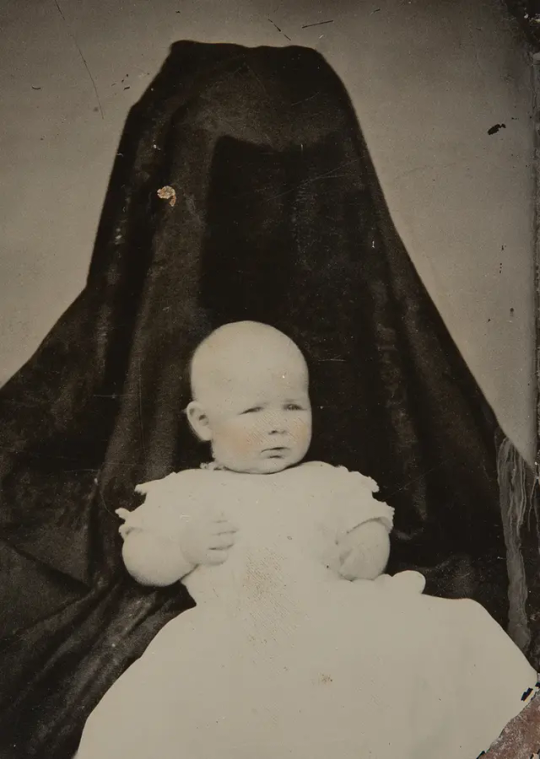

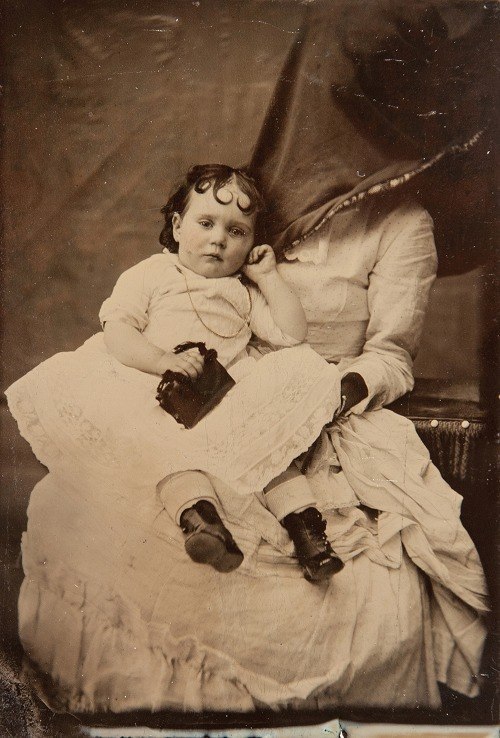
28K notes
·
View notes
